Originally published in AutoWeek, November 22, 1982
I look in the tiny dash-mounted rear view mirror and all I see is a grill-mounted Chevy bow-tie. To my right is a Karmann Ghia, and I’m looking up at it. In the passenger seat to my left is Allan Modney, president of Automarque in Arlington, Virginia. We’re in his Ginetta G4, we’re in Sunday morning traffic and we’ve got to be crazy.
in fact, anybody who drives a Ginetta G4 on the public road is a ready candidate for padded accommodations. The G4 is small, 4 inches narrower than a Fiat X1/9. Its 80 inch wheelbase is a half a foot shorter than the Fiats while the Ginetta is a full 2 feet shorter overall. What’s more, it’s low. Total height – the top of the windscreen – is 42 inches. That is 4 inches lower than the Fiat, which doesn’t sound like much until you try it. The tops of the doors are knee-high – literally not figuratively. It’s lower than pure reason or Consumer Reports would dictate a road car should be, at least in terms of self-defense.
Of course, the Walklett brothers, Douglas, Trevor, Ivor and Bob, knew they were building anything but a staid and proper saloon. Ginetta Cars Limited, of Essex, England, had started in 1957 with the G1, a Wolseley hornet made over to look like a Maserati 4CLT. The “1” signified not only model progression but also the total production, and they wrecked it.
The space-framed Ford-powered G2 followed, the brothers producing about 100 before the G3 bowed in 1960, the main difference being that fiberglass replaced the aluminum skin of the earlier car. About 60 G3s were produced. The G4 was introduced at the January, 1961, Racing Car Show in London. Like its predecessor, it, too, was a fiberglass-covered space frame. It also was powered by Ford, utilizing the 105E engine, although it had been designed for the stillborn 750cc Climax engine. Not surprisingly, the miscellaneous bits came from hither and yon: The front suspension uprights and brakes from Triumph; the rear axles, first from Ford, later from BMC; the gauges, well, from a variety of sources. The Walklett brothers never explain the source of the name, but surely Ginetta sounds more exotic than Walklett. It is an excellent example of ego suppression. After all, who would want to drive a “Walklett”?
Despite the bought-out pieces, the car was still very much a Ginetta. The front double wishbone suspension was fabricated from tubing, and the rear was located by trailing arms and an A-bracket and supported by coil-over shocks. The Walker brothers expressed their profession as structural engineers in the profusely triangulated frame, to which the ‘glass body was bonded for the center section, the rear section bolting on and the front section pivoting forward for engine access.
There’s little else on the car. The flat windsheild bolts on at four places for easy replacement by a racing screen. The body has a molded indentation for the exhaust on the left side. There’s no heater, and the engine offset to the left results in cramped quarters for the passengers. It goes beyond the usual spartan fittings of sports cars. This is a road-going sports racer of the late ‘50s/early ‘60s era.
Allan Modney’s Ginetta is a ‘63, a “long tail” Series II which replaced the earlier round-tailed version. More importantly, Allen’s G4 is equipped with the 1500cc Cosworth-modified motor, making it the fastest and therefore the most desirable of the series.
Upon getting in one realizes the reason for the doors, seemingly superfluous in such a low car. Even with the doors open access is difficult. Lessee, one hand on the cowl, the other on the rear deck. Now slide the left leg under the steering well, keeping it straight. The right leg follows however it can.
Once in is not much better. The seat is a pad on the floor wedged between the sheet-metal transmission tunnel and the seatback. No, it’s not adjustable. Nor are the pedals unless one is willing to take a drill to the tubing. Fortunately I fall within the general dimensions envisioned by the Walklett brothers, so let’s fire it up.
The English Ford barks easily to a lumpy idle, but the big Webers do require a warm engine for optimal performance. And my, but it’s noisy. Every resonating air molecule makes his presence known. The stub of an abbreviated exhaust system ends just after the aft of the passenger’s buttocks, and the carbs are mounted with naked velocity stacks extending into the world’s crudest cold air box, the Ginetta’s left fender. It improves volumetric efficiency, I suppose, but the engine sucking up every bit of road grit and dirt, not to mention the occasional dead squirrel, must make the engine borers happy.
Under way it is even louder. The engine noise increases with speed. Things rattle, bump, clunk and buzz. The wind booms in your ears. Conversation is reduced to shouting.
The clutch is stiff, quick. One doesn’t move away gently from a stop. Acceleration is not of the tire-smoking sort, but rather can be described as brisk. That happens naturally, the result of a highly tuned motor and a lightweight car. It’s hard to hold back.
There’s no place to brace your feet. I wind up with my throttle foot’s heel perched on the bottom pivot of the brake. And there’s a chassis tube that crosses under my heel, making things worse. The brakes work well but in a 1,000 pound car so would dragging your Adidases.
The car is very stiffly sprung, the Walkletts apparently belonging to the most basic school of chassis tuning. That combined with ancient Michelin X tires (at 5.20×13, they antedate metric measures) and rough public roads conspire against finding the true limits of handling. Suffice to say that the steering is quick and the car skittish on its old tires. One longs for modern rubber and a racetrack on which to unwind this bolide.
It is on the racetrack that the Ginetta G4 is really most at home. During the glory years of ‘63 to ‘65, the G4 bedeviled Lotus and Porsche before technology and history passed it by. In the end, just over 500 were built, with production ending in 1967. Today, Ginetta Cars Limited muddles along in the best British tradition, though the U.S. government thinks it would be better if you didn’t import the current offering, even if it is an improved, more sophisticated automobile than the G4.
So what kind of person would drive a G4, today? The iconoclast, the individualist, the maverick who sees in the Ginetta kindred spirit. Is not for the dilettante.















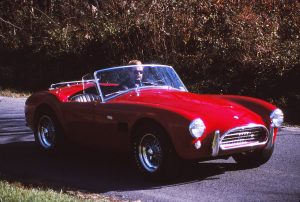
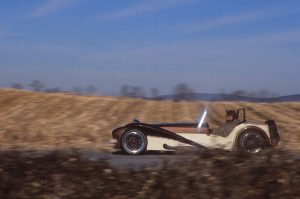
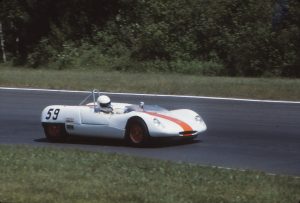

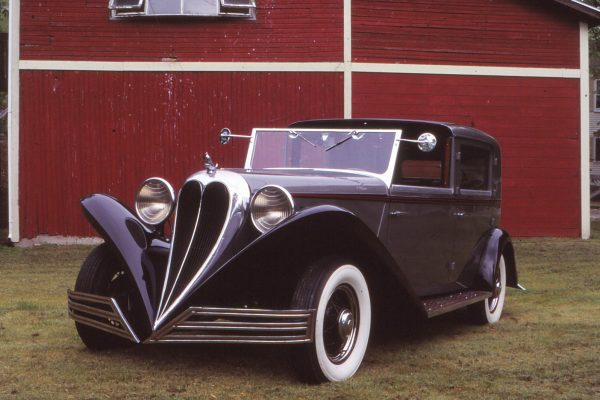
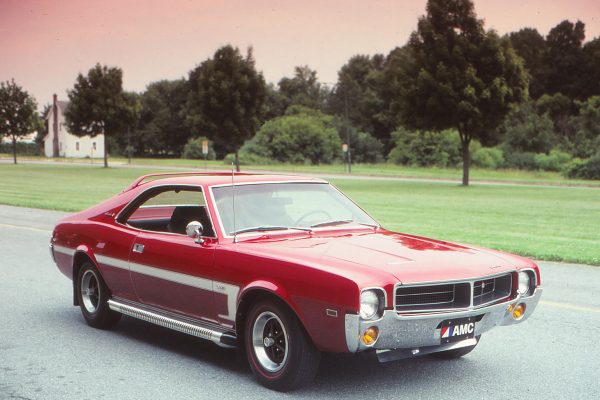
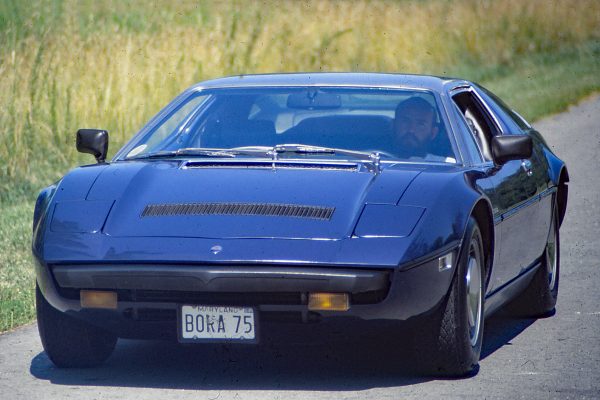
I got one ! 68´1600cc Twinwebered . Soft adjustable suspended…
the fastest folding chair i´f ever seen.
Beauty, lightness, simplicity and joy in this overingeneered electronic overloaded time where you can barely get 4 persons in a electric SUV, because your driving licence is not cooping the weight of th vehicle ;0)))